CNR-ISMAR in situ observations network: new approaches for an interactive, high performance, interoperable system
Stefano Menegon, Pierluigi Penna, Mauro Bastianini, Giuseppe Stanghellini, Francesco Riminucci, Tiziano Minuzzo, Alessandro Sarretta
alessandro.sarretta [at] ismar.cnr.it
 CNR - Institute of Marine Sciences
CNR - Institute of Marine Sciences 
IMDIS 2016 - Gdansk, October 12, 2016
ISMAR - Institute of Marine Sciences
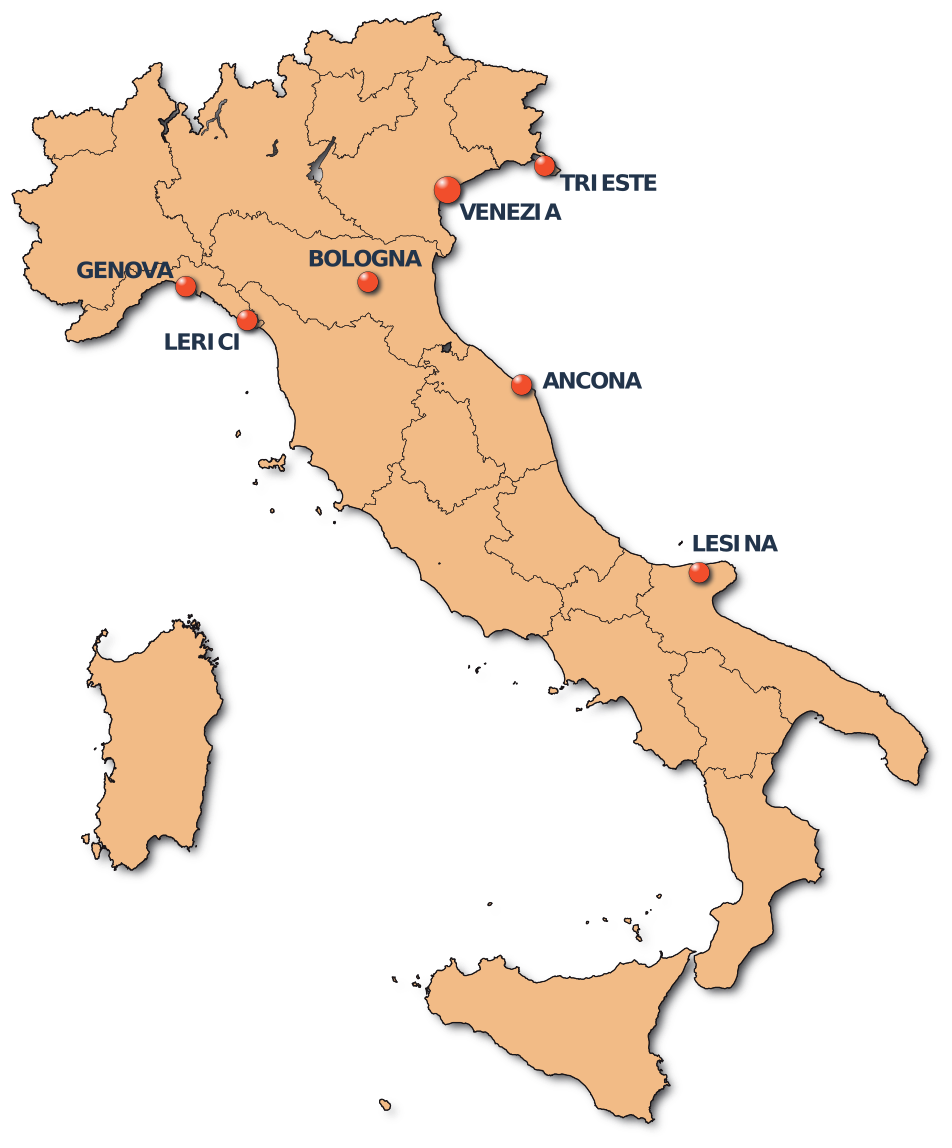
ISMAR conducts research in polar, oceanic and Mediterranean regions, focusing on the following themes:
RITMARE project
"Italian Research for the Sea" national flagship project- 7 sub-programs:
- SP1 - Maritime Technologies
- SP2 - Technologies for Sustainable Fishing
- SP3 - Planning of the Maritime Space in Coastal Waters
- SP4 - Planning of the Deep Marine Environment and the Open Sea
- SP5 - Observation System for the Marine Mediterranean Environment
- SP6 - Research, Training and Dissemination Structures
- SP7 - Interoperable Infrastructure for the Observation Network and Marine Data
RITMARE in-situ observations network
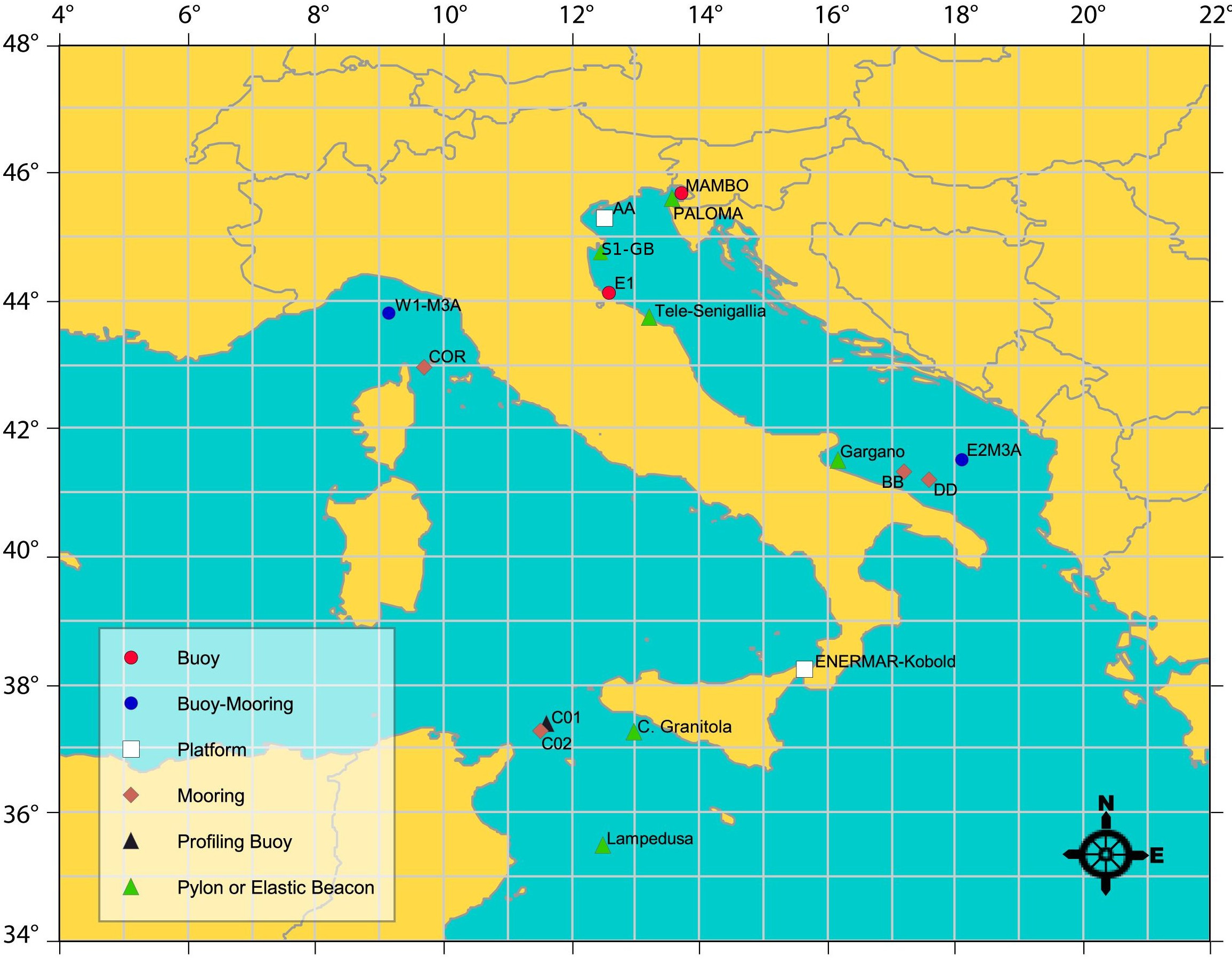
ISMAR Adriatic in situ observations network

CNR-ISMAR in situ observations network
- Meteo marine stations
- Acqua Alta oceanographic tower (Gulf of Venice)
- S1 mast and E1 buoy (Emilia Romagna coast)
- Telesenigaglia mast (Marche coast)
- Meda Gargano (Puglia coast, Manfredonia gulf)
- Meteo stations
- Riva sette martiri (Venice)
- Ismar (Ancona)
- Ismar (Lesina (FG)
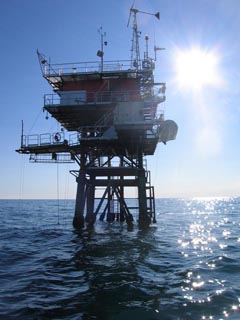
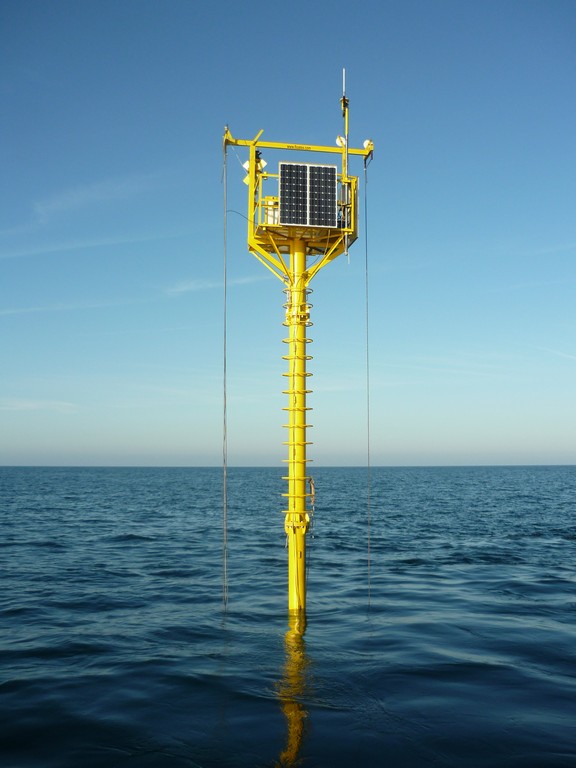

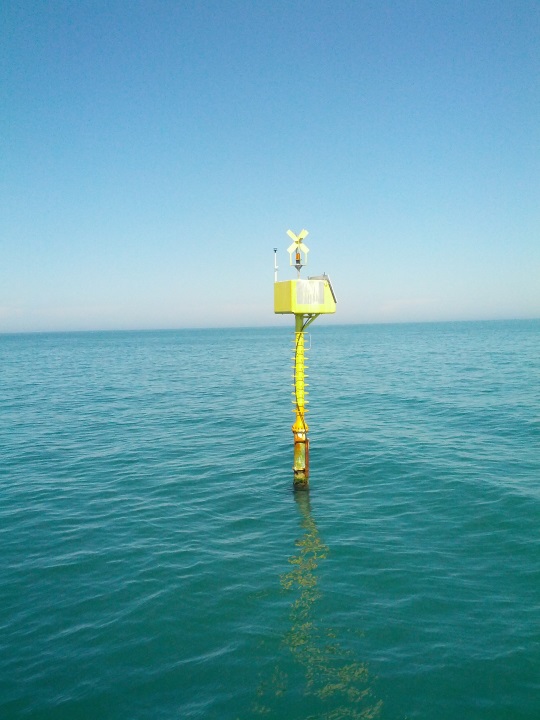
Background: Unharmonized network
- various levels of (or no) funding
- different managing systems
- separated databases
- different validation procedures
- non-standard publishing of data
- non-common (or non existent) data policies
Goals
- Unique visible access point for the ISMAR observational network
- Archiving and storing historical data
- real-time data streams for efficient operational model
- Interactive and efficient system
- Interoperability
- Open data
Architecture

Implementation
- InfluxDB: open source time-series data storage

- Grafana: open source dashboards for querying and visualizing time series and metrics

Parameters and variables acquired
Use of SeaDataNet vocabularies for the Observed properties
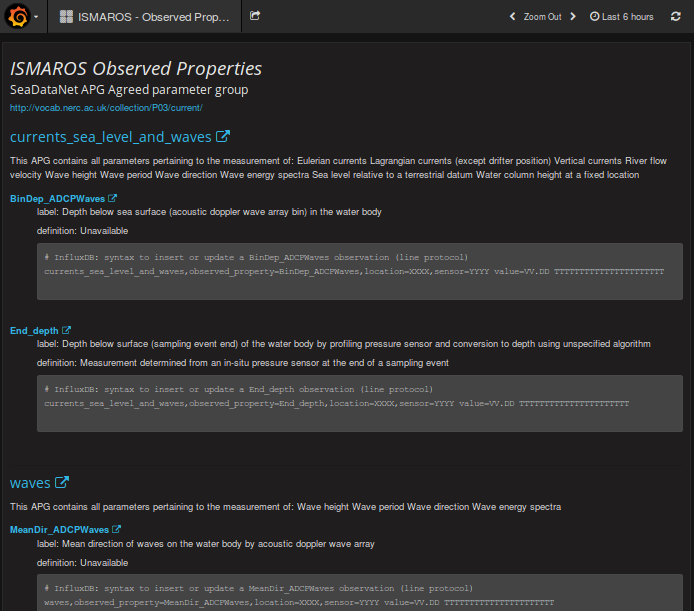
Open science approach
- Open access to data
- Standard open licences for access and reuse:
Creative Commons Attribution 4.0 (CC-BY)
- Publication of yearly datasets on Zenodo with DOI
- Publication of a Data Paper with relevant aggregation of data
A quick hands-on
http://rmm.dati.ismar.cnr.it

.
.
.
.
.
Additional bonus: ISMAR Data app
Still in Beta!
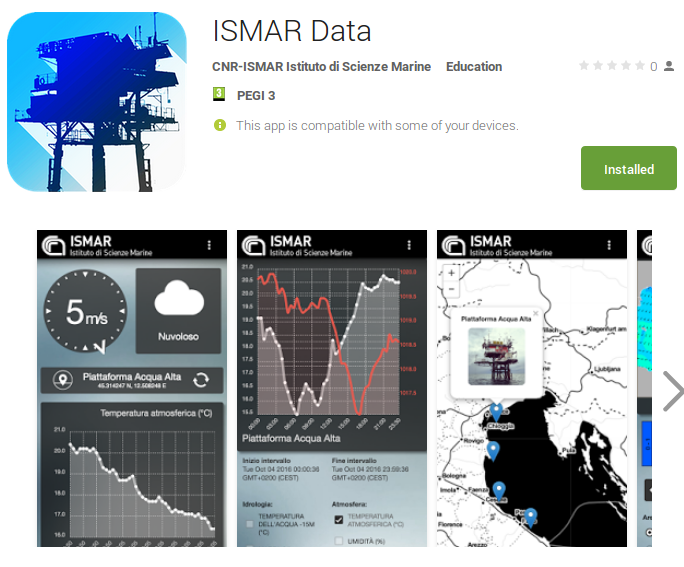
Conclusions
- From a series of unconnected systems to a real network
- Optimization of quality controlled data flows
- Use of open source technologies and international standards
- Vision towards open data access and sharing
CNR-ISMAR in situ observations network: new approaches for an interactive, high performance, interoperable system
by Menegon S., Penna P., Bastianini M., Stanghellini G., Riminucci F., Minuzzo T., Sarretta A.is licensed under a Creative Commons Attribution 4.0 International License.

It can be viewed online here and downloaded here.
To cite this work please refer to:
“Stefano Menegon, Pierluigi Penna, Mauro Bastianini, Giuseppe Stanghellini, Francesco Riminucci, Tiziano Minuzzo, Alessandro Sarretta (2016). CNR-ISMAR in situ observations network: new approaches for an interactive, high performance, interoperable system. DOI: 10.6084/m9.figshare.4001448